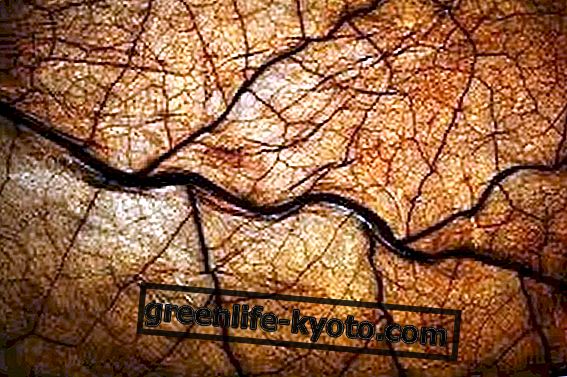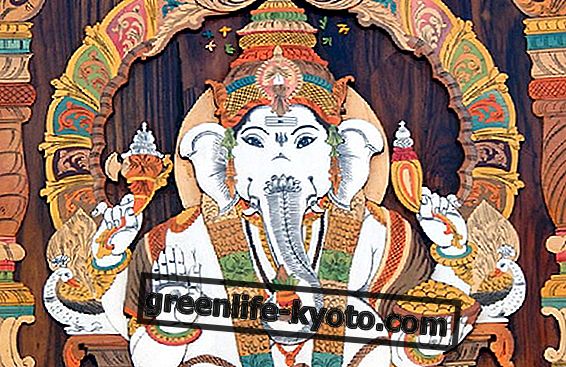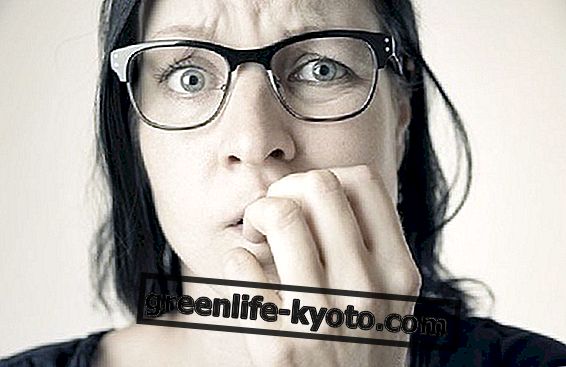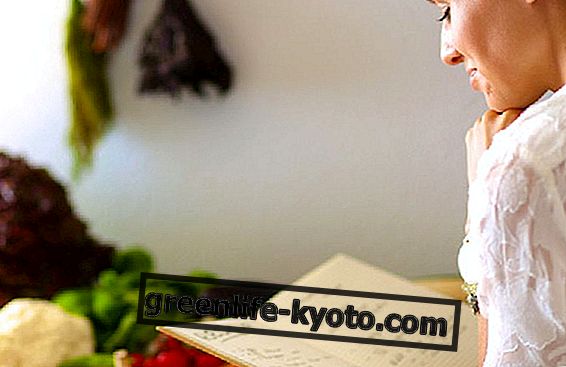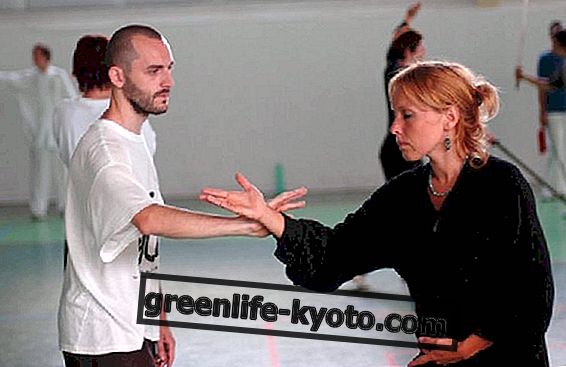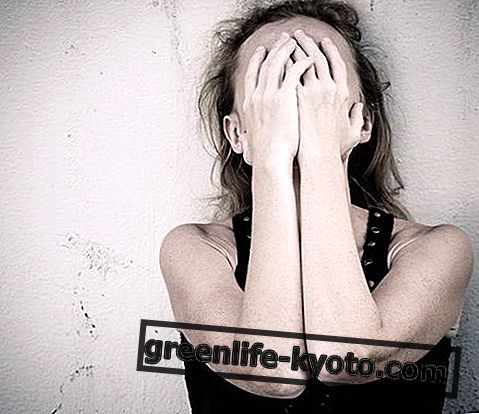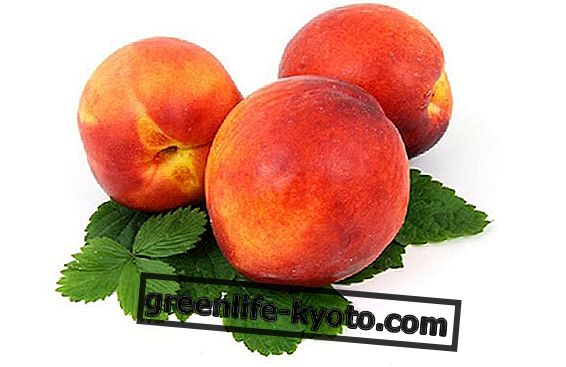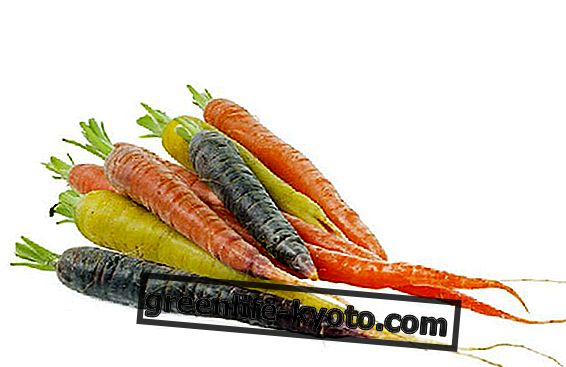
Savate: history
Savate was the ancient name that the French buccaneers used for their old work shoes, a word also linked to the Spanish "zapata". The fighting style known as savate was in vogue as early as the end of the 1800s in the unadvisable neighborhoods of Paris and in the ports of northern France.
It was a form of street-based self-defense that included boxing shots, quick movements inspired by fencing, use of a walking stick, exclusively kicked data with feet well protected by hard leather work shoes, and not with the tibia and knees as in the case of Thai boxing and other martial arts .
Over time the practice of this art spread among all the French sailors, who practiced it during travel and integrated it with other oriental martial arts during their journeys to the East.
In 1924, during the Paris Olympics, it was presented as a demonstration sport and from that day its sporting and regulated practice spread strongly.
Although less known and practiced in similar disciplines such as muay thai, kickboxing and taekwondo, savate has had peak moments, such as when Francois Pennacchio got the better of Ramon Dekker, legendary 5-time world champion in various disciplines.
Savate: characteristics
Being born as a street fighting style, the characteristics of savate were foot kicks (not tibia and not knees) and open palm strokes (as in Irish boxing and pancratium).
Even today, on a sporting level, shoes similar to those of boxing are used, which allow the practitioner to strike with the point without risking serious injuries to the toes.
The preferred targets are the head, the torso, and the legs, generally attached frontally, especially to the knee, to try to evert the joint.
The punches are those of boxing, but they have French names : the jab is called direct bras avant, the cross is called direct bras arriere, the hook is called crochet, while for the uppercut the English name remains.
There is a non-sporting version of savate, the savate de rue, or street savate, in which knees, headboards, elbows, knock-outs and use of the stick are also studied.
Savate: practices
Modern savate is a codified art, recognized by international federations and includes different levels of combat. There are no belts and the level of the practitioner is identified by the color of the gloves (blue, green, red, white, yellow, silver and bronze).
Gloves, savate shoes, shell, mouthguard are used, and in the lower grades the helmet is used. Savate is known for some of its peculiar characteristics: the unpredictability and rapidity of blows , the continuous movement of the body , the use of combinations rather than betting on individual knockouts.
Savate: some benefits
Savate is first and foremost a combat sport that creates athletic bodies and keeps them that way. Like boxing and kickboxing, it requires hours of sacrifice in the gym, but it's all well paid back.
For kickboxing or MMA practitioners, savate offers an arsenal of effective and little-known moves, therefore often difficult to decode by opponents. Knowing more possible moves helps to solve complex situations.
Without a doubt, savate is an excellent self-defense tool : in addition to making us tough and athletic, it teaches us how to use fists, kicks, and how to land our opponents to get away from avoidable situations.
